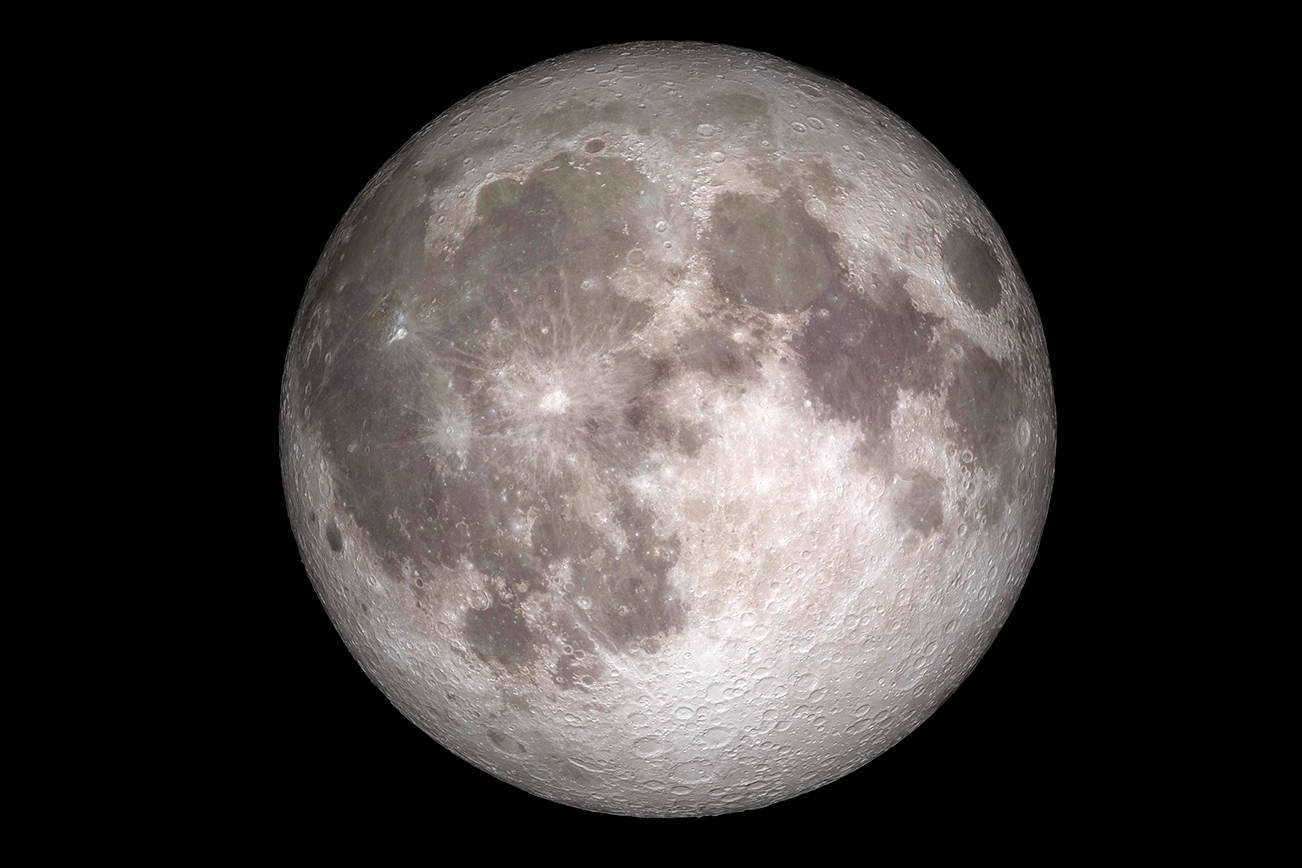On the night of Dec. 3, the islands witnessed the first of three supermoons that will grace local skies over the next two months. The Dec. 3 supermoon was the first and only supermoon for the entire year of 2017.
A supermoon occurs when the moon is full during the closest point in its orbit around Earth. According to the National Aeronautics and Space Administration, the moon’s orbit is elliptical, with the nearest side (perigee) being 30,000 miles closer to Earth than the far side (apogee). During perigee, the moon appears 14 percent larger and 30 percent brighter than when it is at apogee.
The next supermoon will be on Jan. 1, followed by another on Jan. 31.
The second supermoon will include a total lunar eclipse, which will be visible from the San Juans at approximately 4:50 a.m.
“The Jan. 31 supermoon will also be the second full moon of the month. Some people call the second full moon in a month a blue moon, that makes it a super ‘blue moon,’” according to NASA’s website. “Blue moons happen every two and a half years, on average. With the total eclipse [also known as a blood moon], it’ll be a royal spectacle indeed: a ‘super blue blood’ moon.”
The tides will be more extreme in relation to a supermoon. The tides are affected by the gravitational pull of the moon as it crosses Earth’s diameter. According to the National Ocean and Atmospheric Administration’s tidal predictions, following the supermoon on Jan. 1, the islands will experience as low as a -2.55-foot low tide and up to a 9.51-foot high tide. The Jan. 31 supermoon will have less of an effect, causing a predicted low tide of -2.05 feet and a high tide of 9.06 feet in the days after the event.




